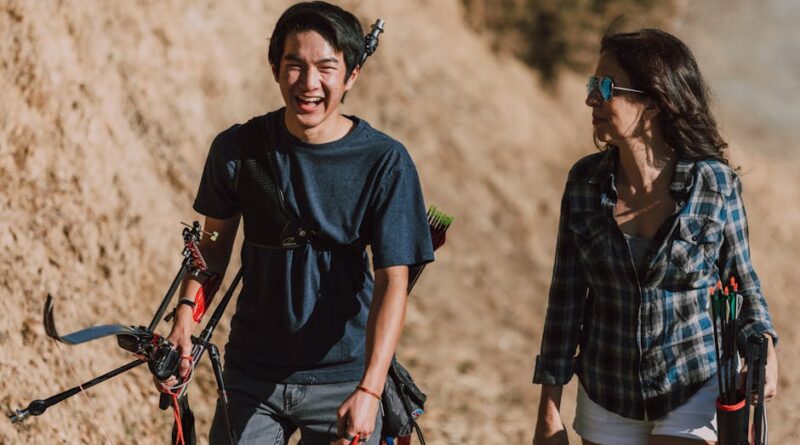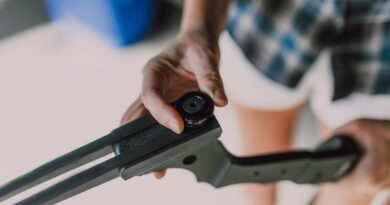Choosing the Right Bow for Hunting Adventures
Welcome to the world of bow hunting, where ancient skills meet modern technology to create an exhilarating and challenging outdoor pursuit. Whether you are a seasoned hunter looking to upgrade your gear or a newcomer eager to start your bow hunting journey, selecting the right bow is crucial for a successful and enjoyable experience. With a plethora of options available on the market, choosing the right bow can be overwhelming. In this comprehensive guide, we will delve into the intricacies of selecting the perfect bow for your hunting adventures, considering factors such as bow type, draw weight, draw length, and more. Join us on this exploration to discover the art and science of choosing the right bow for hunting.
The Evolution of Bow Hunting
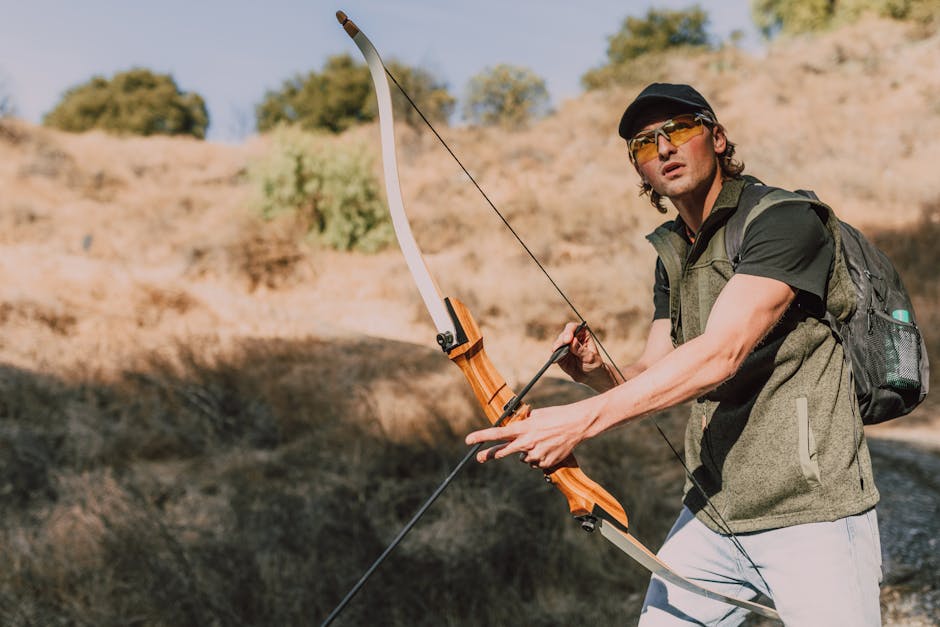
Bow hunting has a rich history that dates back thousands of years, originating as a means of survival for our ancestors. Today, it has evolved into a popular recreational activity that requires skill, patience, and precision. The evolution of bow hunting has been marked by advancements in technology, materials, and design, leading to the development of a wide range of bows tailored to different hunting styles and preferences.
Types of Bows
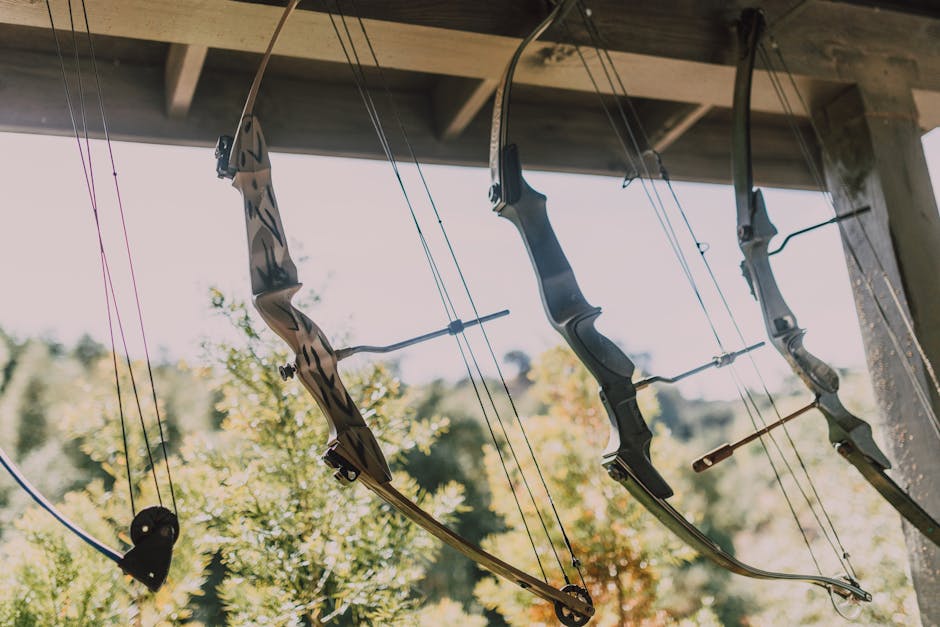
When it comes to choosing the right bow for hunting adventures, one of the first decisions you will need to make is selecting the type of bow that best suits your needs. There are several types of bows available, each with its unique characteristics and advantages:
1. Recurve Bow
The recurve bow is a traditional bow design that features limbs that curve away from the archer when unstrung. This design allows the bow to store more energy and deliver faster arrow speeds compared to a straight-limbed bow. Recurve bows are popular among traditional archers and hunters who appreciate the simplicity and elegance of this classic design.
2. Compound Bow
Compound bows are modern bows that use a system of cams, pulleys, and cables to provide mechanical advantage, making them easier to draw and hold at full draw. Compound bows are known for their high accuracy, speed, and let-off, which allows the archer to hold less weight at full draw. These features make compound bows a popular choice for both beginners and seasoned hunters.
3. Longbow
The longbow is a simple and traditional bow design that consists of a straight limb that is the same length as the archer’s height. Longbows are known for their smooth draw and forgiving nature, making them popular among traditional archers and hunters who appreciate the challenge of mastering a more primitive weapon.
4. Crossbow
A crossbow is a horizontal bow mounted on a stock that shoots projectiles called bolts or quarrels. Crossbows are popular among hunters who prefer a more rifle-like shooting experience, as they can be cocked and held at full draw, allowing for greater accuracy and precision. Crossbows are legal for hunting in many states and offer a unique hunting experience.
Factors to Consider When Choosing a Bow
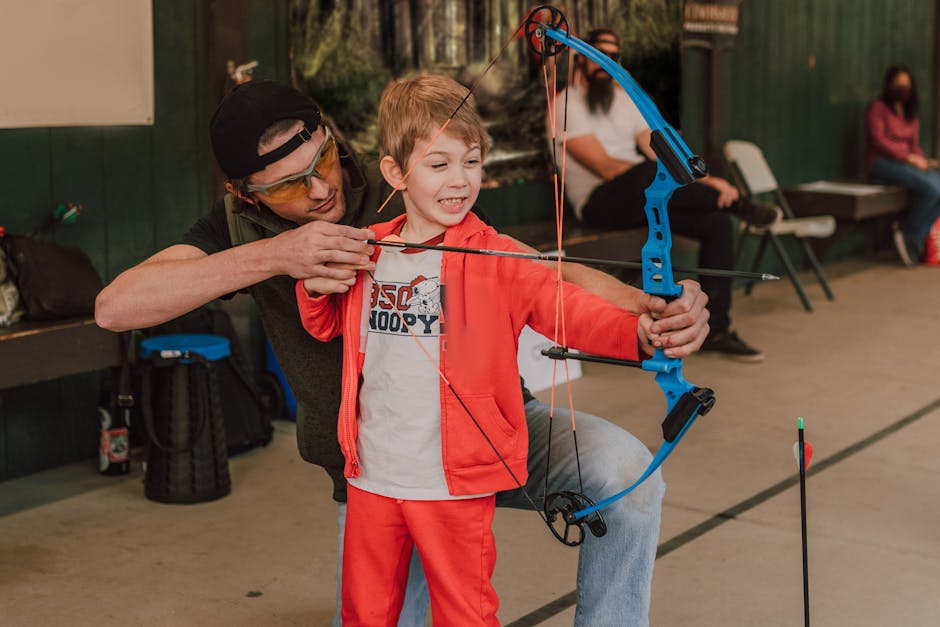
Choosing the right bow for hunting adventures involves considering a variety of factors that will impact your shooting experience and success in the field. Here are some key factors to keep in mind when selecting a bow:
1. Draw Weight
The draw weight of a bow refers to the amount of force required to draw the bowstring back to full draw. It is essential to choose a draw weight that is comfortable for you to draw and hold at full draw, as this will impact your accuracy, consistency, and shooting experience. A good rule of thumb is to select a draw weight that allows you to draw the bow smoothly and comfortably without straining.
2. Draw Length
The draw length of a bow is the distance from the nocking point on the bowstring to the pivot point of the grip when at full draw. It is crucial to select a bow with the correct draw length for your body size and shooting style to ensure optimal performance and accuracy. A bow with the wrong draw length can lead to poor shooting form, decreased accuracy, and discomfort while shooting.
3. Axle-to-Axle Length
The axle-to-axle length of a bow refers to the distance between the axles or cams on the bow’s limbs. A shorter axle-to-axle length provides maneuverability and ease of use in tight spaces, making it ideal for hunting in dense woods or brush. On the other hand, a longer axle-to-axle length offers greater stability and accuracy, making it suitable for long-range shooting and target archery.
4. Let-Off
The let-off of a bow refers to the percentage of the peak draw weight that is reduced when the bow is at full draw. A higher let-off percentage means that the archer will hold less weight at full draw, making it easier to aim and shoot accurately. Compound bows are known for their high let-off, which allows shooters to hold less weight at full draw, resulting in increased accuracy and reduced fatigue.
5. Brace Height
The brace height of a bow is the distance from the bowstring to the deepest part of the grip when the bow is unstrung. A shorter brace height results in a faster arrow speed but less forgiveness, while a longer brace height offers greater forgiveness but slower arrow speeds. It is essential to choose a bow with a brace height that complements your shooting style and preferences to achieve the desired balance of speed and forgiveness.
Expert Opinions on Choosing the Right Bow
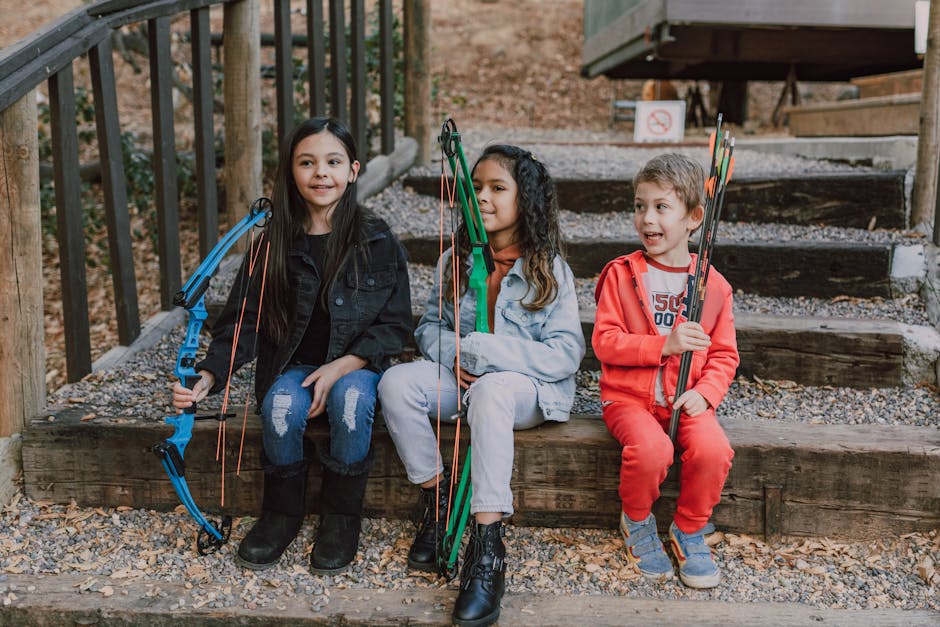
We reached out to renowned bow hunters and archery experts to gather their insights on choosing the right bow for hunting adventures. Here are some valuable tips and advice from the experts:
1. John Dudley, Professional Archer and Bowhunter
“When selecting a bow for hunting, it is crucial to consider factors such as draw weight, draw length, and axle-to-axle length to ensure a comfortable and accurate shooting experience. It is also essential to test different bows and find one that feels right for you, as each archer has unique preferences and shooting styles.”
2. Eva Shockey, Outdoor Television Personality and Bowhunter
“As a female bowhunter, I look for a bow that offers adjustability and customization to fit my body size and shooting style. It is important to choose a bow that feels comfortable and natural in your hands, as this will enhance your shooting experience and confidence in the field.”
Common Misconceptions About Choosing a Bow
When it comes to selecting a bow for hunting adventures, there are several common misconceptions that can mislead hunters and archers. Let’s debunk some of the myths and set the record straight:
1. Myth: Higher Draw Weight Means Greater Power
While it is true that a higher draw weight can result in greater arrow speed and kinetic energy, it does not necessarily mean more power or accuracy. It is essential to choose a draw weight that you can comfortably handle and shoot accurately, as proper form and technique are key to successful hunting.
2. Myth: More Expensive Bows Are Always Better
While high-end bows often come with advanced features and technology, the most expensive bow is not always the best choice for every hunter. It is essential to test different bows within your budget range and select one that feels comfortable, accurate, and suits your hunting needs and preferences.
Comparative Analysis of Bow Types
Let’s compare the different types of bows based on key factors such as accuracy, speed, forgiveness, and ease of use:
1. Recurve Bow
Accuracy: Recurve bows are known for their accuracy and precision, making them popular among traditional archers and hunters who appreciate the challenge of shooting a more primitive weapon.
Speed: Recurve bows deliver fast arrow speeds due to their limb design, allowing for quick and efficient arrow flight.
Forgiveness: Recurve bows have less forgiveness compared to compound bows, requiring a higher level of skill and consistency from the shooter.
Ease of Use: Recurve bows are simple and straightforward to use, making them ideal for traditional archers and hunters who prefer a more traditional shooting experience.
2. Compound Bow
Accuracy: Compound bows are known for their high accuracy and precision, thanks to their mechanical advantage and let-off system.
Speed: Compound bows deliver exceptional arrow speeds, making them ideal for long-range shooting and hunting scenarios that require a quick and powerful shot.
Forgiveness: Compound bows offer greater forgiveness compared to recurve bows, allowing shooters to maintain accuracy even with minor errors in form or technique.
Ease of Use: Compound bows are easy to draw and hold at full draw, making them an excellent choice for beginners and experienced hunters alike.
FAQs About Choosing the Right Bow
Here are some frequently asked questions about choosing the right bow for hunting adventures:
1. What is the best type of bow for beginners?
For beginners, a compound bow is often recommended due to its ease of use, adjustability, and forgiveness. Compound bows are user-friendly and offer features that help beginners develop proper shooting form and technique.
2. How do I determine the correct draw weight for my bow?
The correct draw weight for your bow depends on factors such as your physical strength, shooting experience, and hunting preferences. It is recommended to start with a lower draw weight and gradually increase as you build strength and confidence in your shooting abilities.
Conclusion
To wrap things up, choosing the right bow for hunting adventures is a critical decision that will impact your shooting experience, accuracy, and success in the field. By considering factors such as bow type, draw weight, draw length, and other key elements, you can select a bow that suits your hunting style and preferences. Whether you opt for a recurve bow, compound bow, longbow, or crossbow, the key is to find a bow that feels comfortable, accurate, and reliable in your hands. So, gear up, practice your shooting skills, and embark on an unforgettable bow hunting adventure!
Remember, the journey of selecting the right bow is as rewarding as the hunt itself. Happy hunting!

